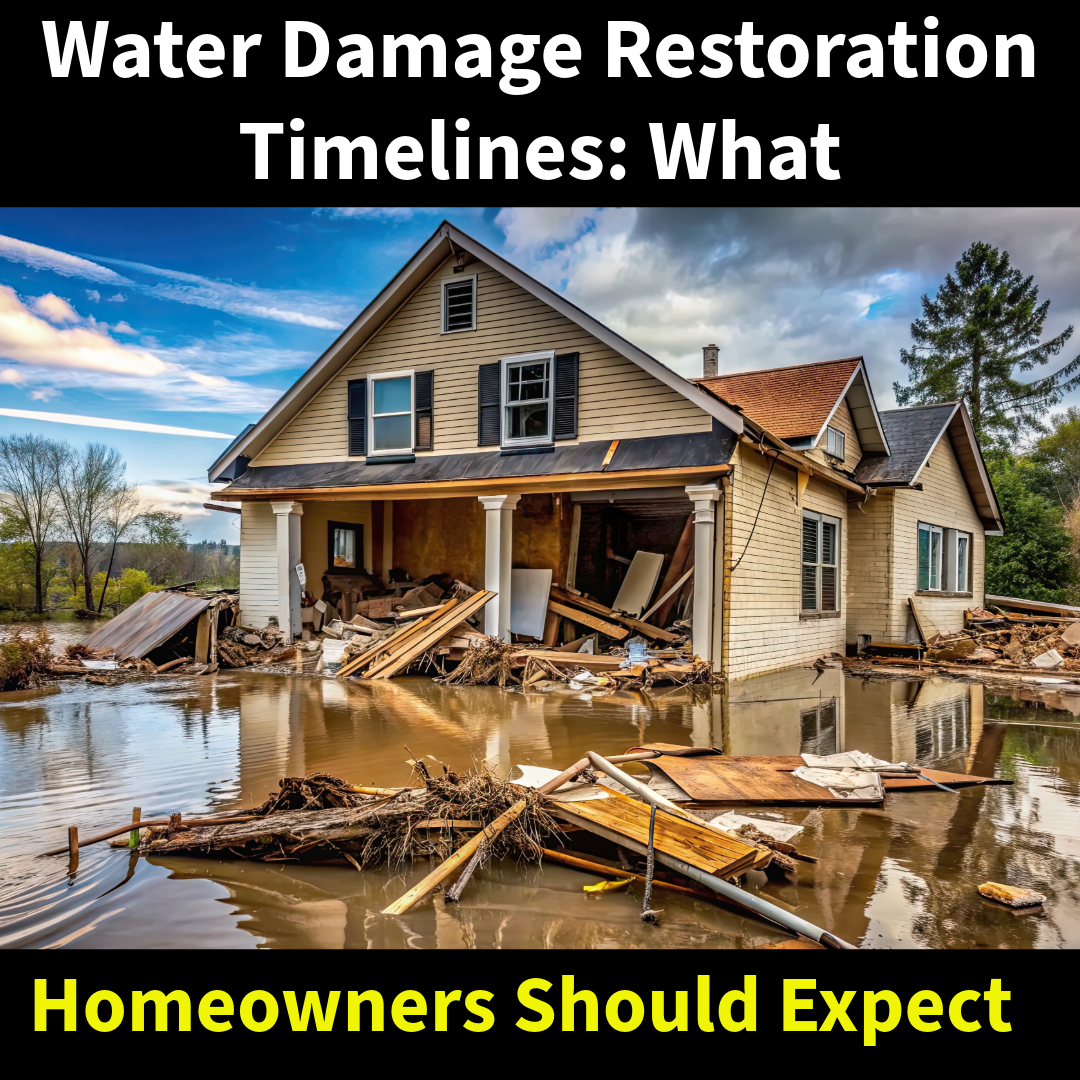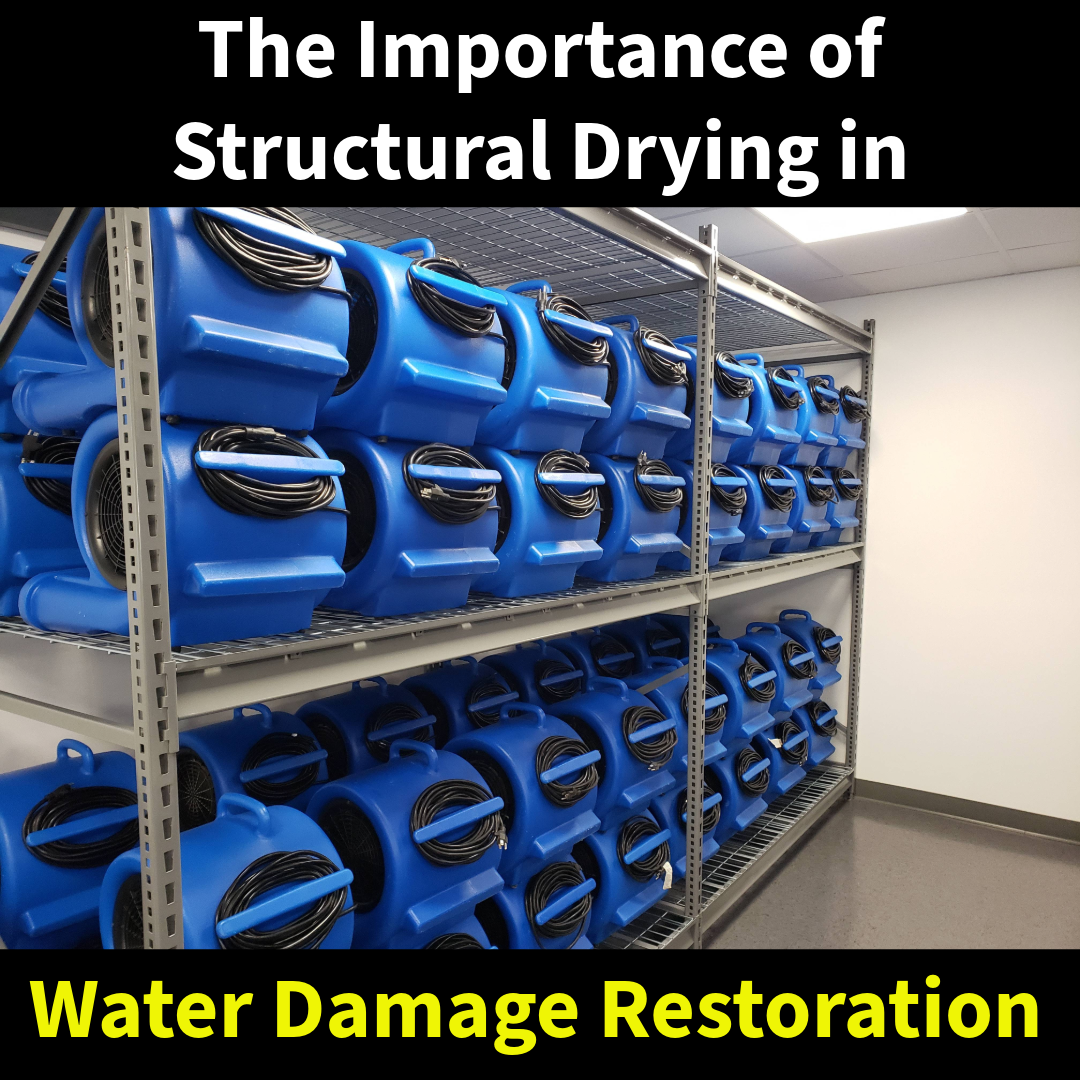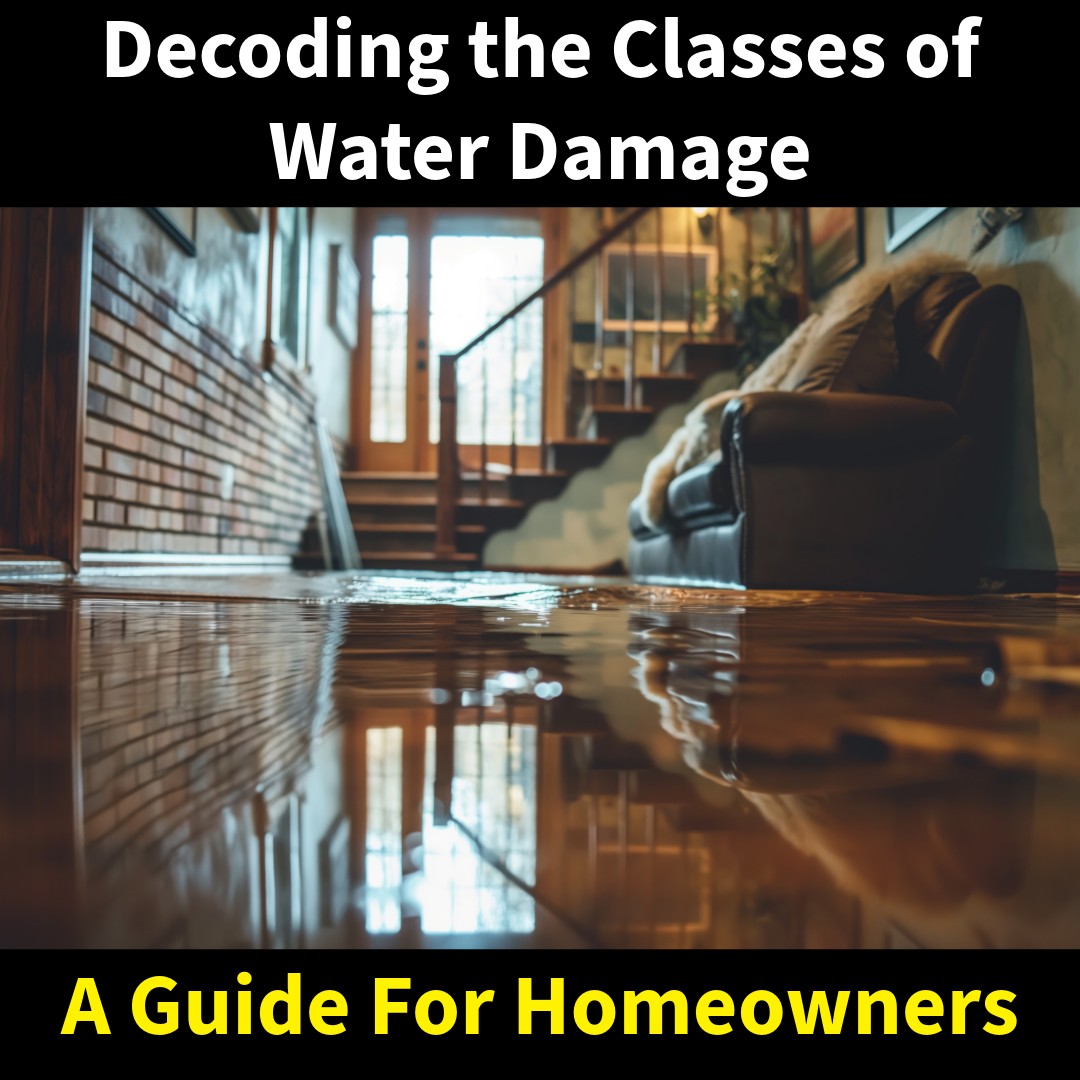When water damage strikes, one of the first things homeowners want to know is: “How long will this take to fix?” The answer depends on a variety of factors, including the type of water involved, the extent of the damage, and the materials affected.
At MSI, we’ve restored thousands of homes and businesses across Pennsylvania, New Jersey, and Delaware. Here’s a general timeline of what you can expect during a typical water damage restoration project. But remember, each situation varies considerably depending on the scope, size of the loss and affected building materials.
Emergency Response (Same Day)
⏱ Timeframe: Within hours
A professional restoration team should respond quickly—ideally within hours of the initial call. The emergency response includes:
- Documenting the damage especially when insurance claims are filed.
- Extracting standing water
- Assessing moisture levels with meters and thermal cameras
- Setting up industrial drying equipment
A fast response limits the spread of damage and helps prevent mold growth or structural issues.
Drying and Dehumidification (3 to 5 Days)
⏱ Timeframe: Most jobs are dry in about 3 days
Once the water is extracted, the structure needs to be thoroughly dried using commercial-grade air movers and dehumidifiers. While conditions vary, the majority of jobs are dry within 3 days, though larger or more complex losses may require up to 5 days. Drying time depends on:
- Amount of water and extent of saturation
- Types of materials affected (carpet, wood, drywall, insulation)
- Temperature, humidity, and airflow conditions on-site
Daily monitoring ensures that drying is progressing properly and that equipment is adjusted as needed.
Demolition and Removal (Same Day to 2 Days)
⏱ Timeframe: Varies by materials and contamination level
If certain materials are unsalvageable, especially in Category 2 or 3 water losses, they must be removed. This may include:
- Cutting out wet drywall and insulation
- Pulling up carpet and padding
- Removing damaged baseboards, flooring, or cabinetry
Clean water losses may require little to no demolition. In sewage or contaminated water situations, more extensive removal is necessary for safety and code compliance.
Cleaning and Sanitizing (1 to 2 Days)
⏱ Timeframe: Often overlaps with demolition
After demo, all remaining surfaces must be cleaned and sanitized to prevent microbial growth. This includes:
- Antimicrobial treatments on framing and concrete
- HEPA vacuuming and surface wiping
- Odor control (fogging, ozone, or hydroxyl treatments if needed)
This step is critical to ensure the space is safe for reconstruction and eventual occupancy.
Reconstruction (1 to 4 Weeks or More)
⏱ Timeframe: Depends on scope and scheduling
Reconstruction involves restoring the property to its pre-loss condition and can include:
- Drywall installation and painting
- Flooring and baseboard replacement
- Cabinetry and trim carpentry
- Electrical and plumbing fixture replacement
Reconstruction timelines can vary based on material availability, insurance approvals, and whether the home remains occupied during repairs.
Factors That Can Extend the Timeline
Several factors can stretch the restoration process beyond the norm:
- Delayed response – allowing water to sit worsens damage
- Sewage or Category 3 water – requires hazardous material protocols
- Mold discovered during demolition – adds remediation steps
- Insurance approval delays – slows demo and rebuild authorization
- Scope changes – repairs reveal hidden damage
Typical Water Damage Restoration Timeline
- Day 1: Emergency response and water extraction
- Days 2–5: Drying, monitoring, and possible demolition
- Days 5–7: Cleaning, sanitizing, and post-dry inspections
- Week 2–4+: Reconstruction and final walkthrough
Trust the Experts at MSI
At MSI, we take pride in the relationships we build with our customers. Since 1998, we’ve completed thousands of water damage restoration projects throughout Philadelphia, Delaware County, Bucks County, Montgomery County, and the surrounding areas—including New Jersey and Delaware. Our certified technicians are prompt, courteous, and detail-oriented at every step of the process. We work quickly and thoroughly to return your home to its pre-loss condition—often in just a matter of days.
When disaster strikes, time is everything. Call MSI to take control of the damage—fast.


